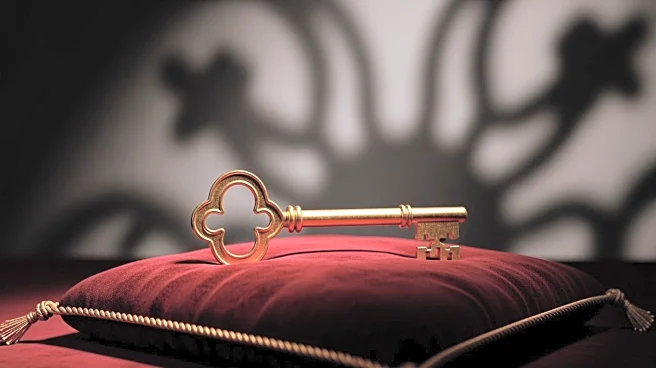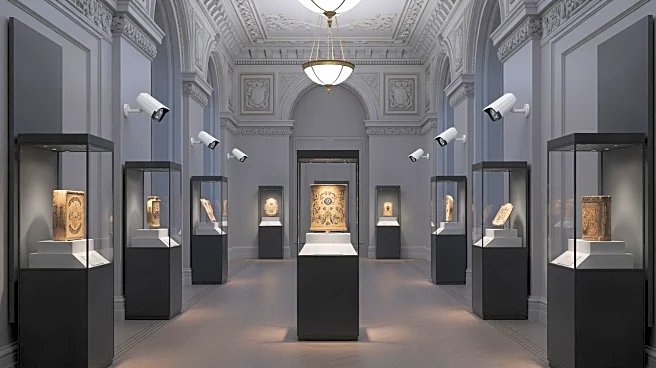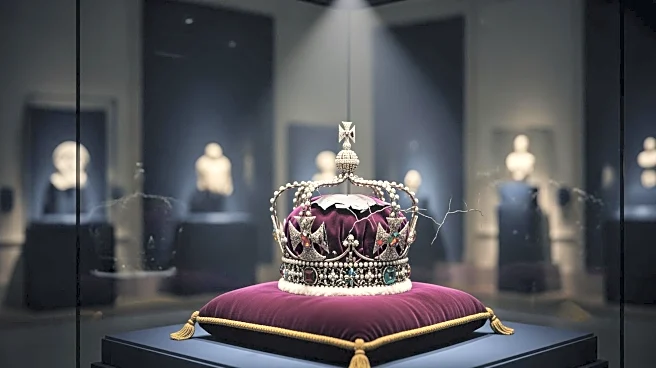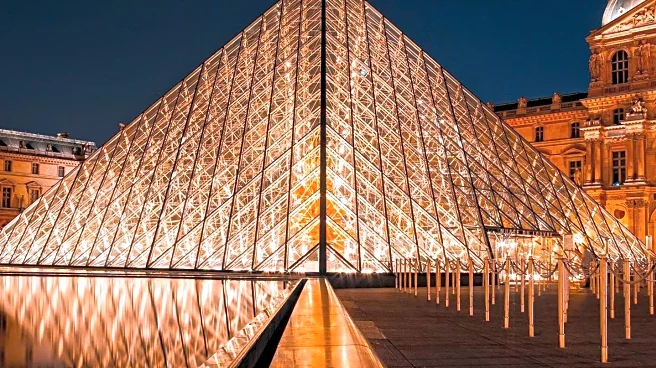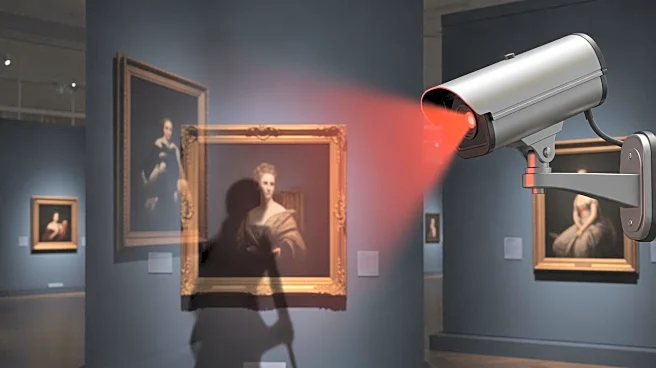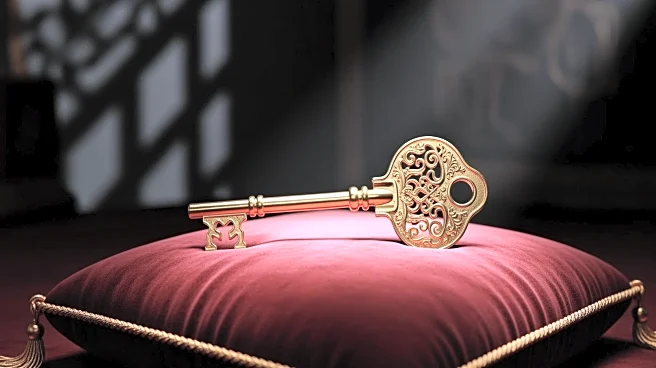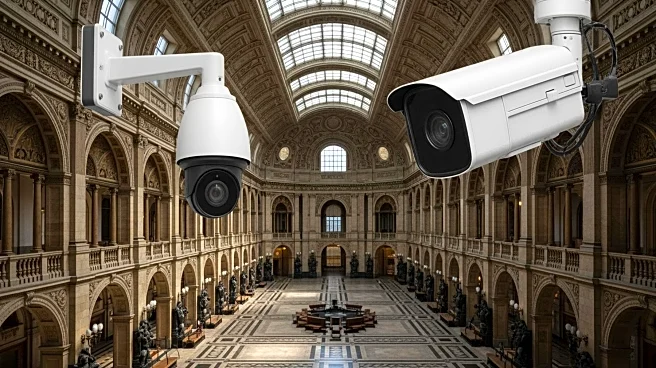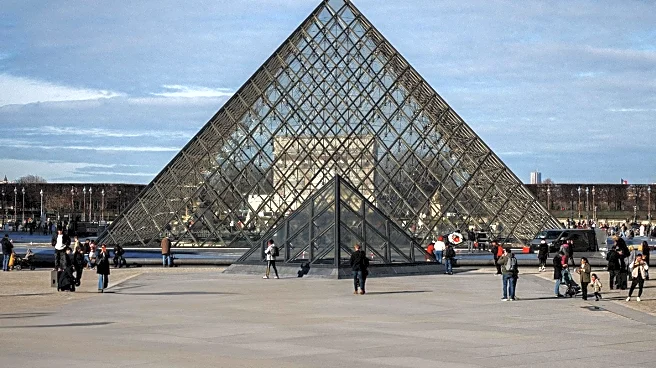What's Happening?
A report by the French Court of Accounts has criticized the Louvre for focusing on art acquisitions and renovations at the expense of security measures. The report follows a recent heist where thieves stole historic jewelry from the museum. The Louvre spent
significant funds on art purchases and layout changes, while security upgrades lagged behind. The museum's security systems were outdated, with insufficient CCTV coverage and weak cybersecurity measures. The report calls for improved internal controls and security enhancements to prevent future incidents.
Why It's Important?
The Louvre's security shortcomings highlight the challenges faced by cultural institutions in balancing public appeal with safety. The heist underscores the need for robust security measures to protect valuable assets and maintain public trust. The museum's prioritization of visible projects over security raises questions about resource allocation and risk management. The incident may prompt other institutions to reassess their security strategies and budget priorities, impacting the broader cultural sector.
What's Next?
The Louvre plans to increase its CCTV coverage and enhance cybersecurity measures. French Culture Minister Rachida Dati has defended the museum's security but acknowledged the need for improvements. The museum's leadership faces pressure to address security gaps and prevent future thefts. The Court of Accounts' recommendations may lead to changes in the museum's operations and influence security practices across the cultural sector.
Beyond the Headlines
The heist raises ethical concerns about the responsibility of cultural institutions to protect their collections while engaging the public. It also highlights the impact of budgetary decisions on security and the potential consequences of prioritizing public appeal over safety. The incident may prompt a reevaluation of how museums balance their roles as cultural guardians and public attractions.



